Black Panther
Black leopard or Black Panther as they are commonly known, often invokes awe as they are very rarely sighted and they have an aura of mystery. Apart from the rarity the Black panther also gained popularity due to Rudyard Kipling’s character Bagheera in “The Jungle Book” where it protects Mowgli.
“Everybody knew Bagheera, and nobody dared to cross his path; for he was as cunning as Tabaqui, as bold as the wild buffalo, and as reckless as the wounded elephant. But he had a voice as soft as wild honey dripping from a tree, and a skin softer than dawn.” Rudyard Kipling, The Jungle Book.
Initially Black Panther was considered as a different species from the leopards. However, research has conclusively proved that these are the same species and the colour is due to a phenomenon known as melanism.
Dunbar Brander on Melanism in Leopards:
Melanism is fairly common in the moist dark forests of Southern India and Malaya. These black leopards are not a distinct race and a black cub has been found in a normal litter. Cases of melanism in the Central Provinces are rare. I have only known of two black leopards having been killed in the last twenty years. A well-known black leopard lives in the neighbourhood of the Gugumal Plateau of the Melghat. It had been there for years before I went to the Melghat in 1912. On one occasion, close to camp, it walked slowly across a fireline about 20 yards off. I got a perfect view of it, and instead of being black, as generally supposed, it was a dark chestnut with the spots showing up as black shiny surfaces. It was evidently a male of the largest size, not much smaller than a young tigress. Some day it will be killed, and if the lucky sportsman happens to possess a copy of this book he will learn that I saw this animal in 1913. (Page 129-130, Wild Animals in Central India, A. A. Dunbar Brander)
Pocock on Melanism in Leopards:
“This phase arises from the invasion of the normally yellowish hairs by black or blackish-brown pigment, called melanin. But the intensity of the tint of this pigment is variable. Sometimes it is as deep as the black of the spots which can then only be seen under reflected light by reason of their superior sheen. But quite commonly on the belly it is dark brown so that the spots show up clearly on this area. Black panthers on this type are particularly plentiful in Java and the southern parts of the Malay Peninsula. Northwards they have been recorded from Burma, the Shan States, Assam and Nepal and they are alleged to be not uncommon in Travancore and other parts of Southern India….
It is unfortunate that the earliest name definitely assigned to an Indian panther was given to a melanistic variety which was therefore called fusca. The animal was recorded as coming from Bengal; and since skins from the district agree with those from other parts of India, I have no choice but to adopt fusca as the racial name at all events of the dominant type of panther of the country.” (R. I. Pocock, The Panthers and Ounces of Asia, BNHS, 1930a)
Black Leopard & Normal coloured leopard coexistence:
In addition to the common spotted form, there are melanistic or black leopards, which are merely genetic variants – and not a separate species. Their darker spots and rosettes show up very faintly on a deep blackish-brown ground colour. Both black and spotted forms of leopards often co-exist as polymorphs in the tropical evergreen forests of norteastern and southwestern India, Southeast Asia and Central Africa. A pair of spotted leopards may produce black offspring if both have genes for melanism, but a pair of black leopards can produce only black offspring (Bailey 1993). Possibly because their colouration does not help concealment in more open habitats, black leopards are rare outside the tropical humid forest zones. (Page 560, Mammals of South Asia, Vol 1)
Non-agouti gene in Leopards:
“The complete absence of agouti hairs and the production of a uniform black phenotype is indicative that the leopard gene belongs to the general class of non-agouti mutants. It is proposed that the gene be designated non-agouti and be symbolised as a. The non-agouti gene does not interfere with the development of the characteristic leopard spots or rosettes because this pigmentary system is independent of agouti. Thus, the spotted pattern can be discerned in the black form as a reflected pattern as the animal moves. It can also be photographically recorded by the use of flash photography. It was also apparent from the available data that the black female was not as fecund as the spotted.”(Inheritance of the Black Form of Leopard Panthera Pardus, Roy Robinson, 1969)
On black leopard hunting Nilgiri Tahr:
R. C. Davidar writes that during his time (in the 1950s/ 60s) the Melanistic leopard was not as rare in Nilgiris as it was else where. “Besides the tahr, the predators that preyed on them attracted me. The open terrain provides opportunities for sighting them. On the top of the list are leopards. The majority of them are black leopard….In a clearing between sholas, a black leopard was going all out after a barking deer. The streamlined black form of the leopard, the brick-red of the fleeing deer, the green of the emerald turf on which the drama was enacted, set against the bottle-green sholas, all aglow in the rays of the setting sun, was a rare combination of colours and action…we climbed a hill and reached the spot where we had seen the hunter and the hunted disappear. There, seventy-five meters below us lay the black leopard, panting, its red mouth open. In our excitement, we bungled the shot and the leopard got away. After I laid my rifle down, I met this leopard a few times….The black leopard was a highly successful tahr hunter. It would take its position above a feeding herd – tahr are stupid in the sense that they watch out for danger coming from below, forgetting that it could equally come from above – and wait patiently for hours on end for the odd straggler, usually an intrepid juvenile, before stalking it.” (E.R.C. Davidar, Whispers from the Wild, Page 256-257)
During the time of British, there were more forests, less people and more wildlife. So sighting of Black leopards were noted from many places where today hardly a single blade of grass grows as the places have been ravaged by strife, warfare and concretisation. J. C. Daniel in his book ‘The Leopards of India’ writes “In 1939 a fully grown black leopard was shot near Rerhi, a coastal fishing village about 18 miles Southeast of Karachi, on the 4th April, 1939… Thomas Pennant (1798) in his book “The View of Hindustan” relates that a black panther taken in the Sundarbans in Bengal was sent to the Menagerie in the Tower at London by Hastings Warren.” (J. C. Daniel, The Leopard in India).
Recent Black Leopard Sighting: A dream fulfilled
Dunbar Brander is one of my favourite author and naturalist and I have been always hoping to experience some of the observations of various species he has mentioned in his book. Some years ago I had seen Sambar’s hitting out at wild dogs with their forelegs, exactly as Brander had mentioned. Now, after 104 years of him sighting a black leopard, it was time for me to have the experience of sighting one such charismatic animal.
We were fortunate to sight a black leopard on a tree top in Nagarhole on the evening of 4th July 2017. There were earlier reports of some very brief sightings. However, the sighting this time lasted for 26 minutes. The majestic black panther was resting on a branch in a tree, but was watchful of its surroundings. Its piercing gaze was mesmerising.
Rudyard Kipling in “The Jungle Book” writes that the black panther was feared “Everybody knew Bagheera, and nobody dared to cross his path”. Looking into his piercing eyes, one can easily get fear. One can feel that it is like some kind of apparition or ghost of the darkness. However, to me it appeared like this magnificent black creature is sucking up all the negative toxins and ill luck from my body, mind and soul. It was a spiritual feeling completely rejuvenating me. In the long wanderings in forests, few sightings in the wild had such an impact on me.
It started licking its body and then yawning. So I knew that the date with black panther is coming to an end as it was preparing to get down from the tree in search of prey. Suddenly there was a herd of deer nearby and in a flash the black leopard got down from the tree and disappeared in the Parthenium filled jungle where visibility was extremely poor. In a moment it had melted in the jungle.
I didn’t hear his voice and can’t confirm Kipling’s description that its voice is “as soft as wild honey dripping from a tree”. However, Kipling’s metaphor of the skin softer than dawn is pretty apt. I hope we can protect our wilderness and its amazing biodiversity so that others too can experience the mesmerising gaze of the Black Panther and see its soft silk like body.
- GoPro Hero 12 Black - 6 September,2023
- Leopards: The Last Stand - 2 July,2023
- Drifting in the Waters of Sundarbans - 26 March,2023

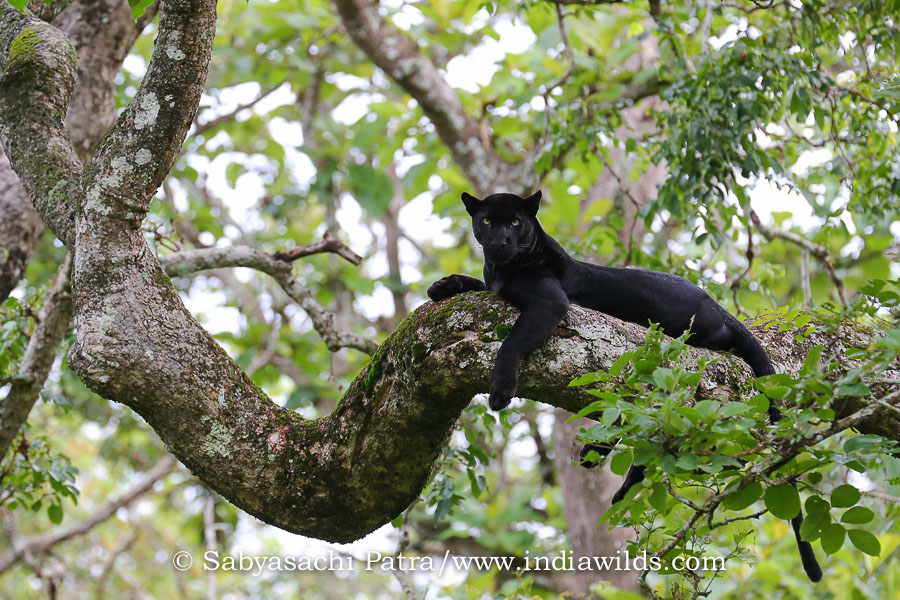
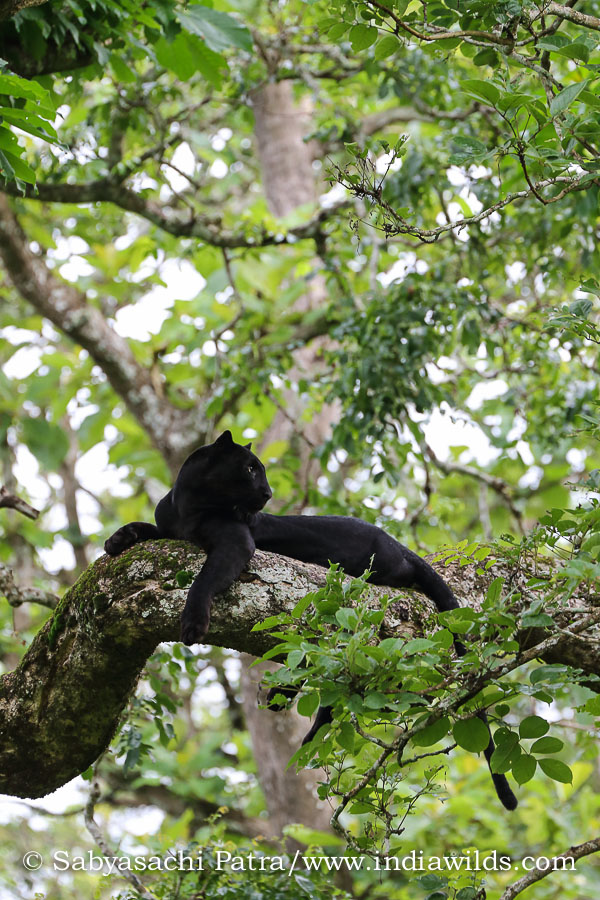
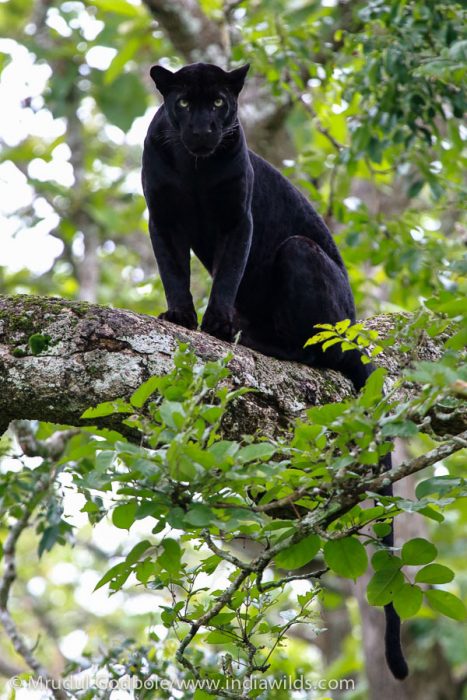
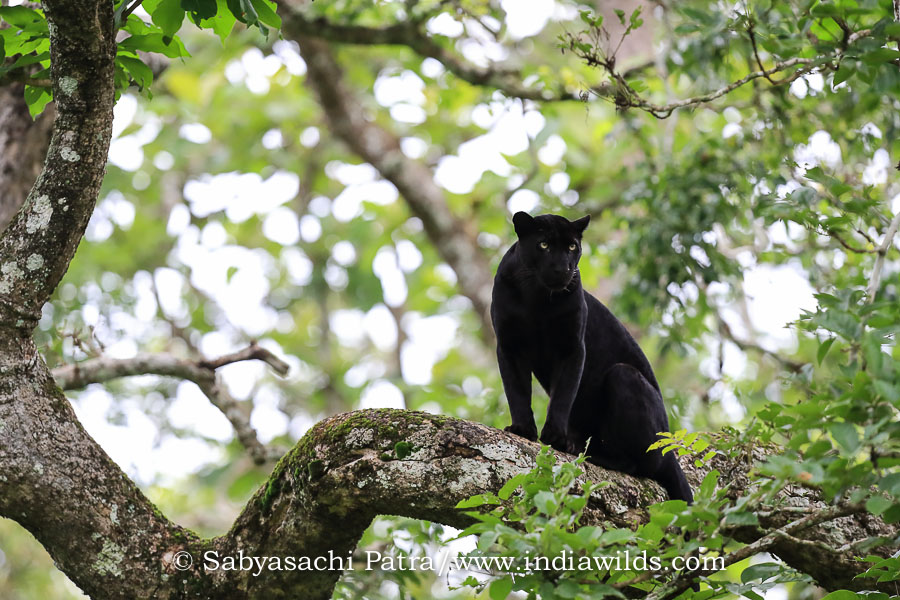

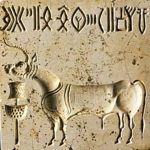
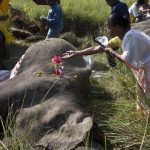

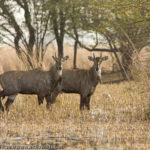

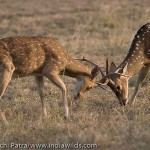





Hi
wishes for you as you found the true calling of wild from the corporate jungle.
I am Rajagopal ( ER manager NOKIA , Bird watcher . wildlife enthusiast- does that ring a bell !!)
we interacted ( over phone) after you started you project on leopards, I am currently on a sabbatical (till Mid august , after that my independence will go !!)
have a small request , I am very keen to accompany / visit with you the territories of leopard / tiger /hornbill.
Please guide me / brief me
9940433133